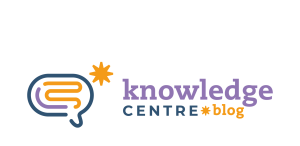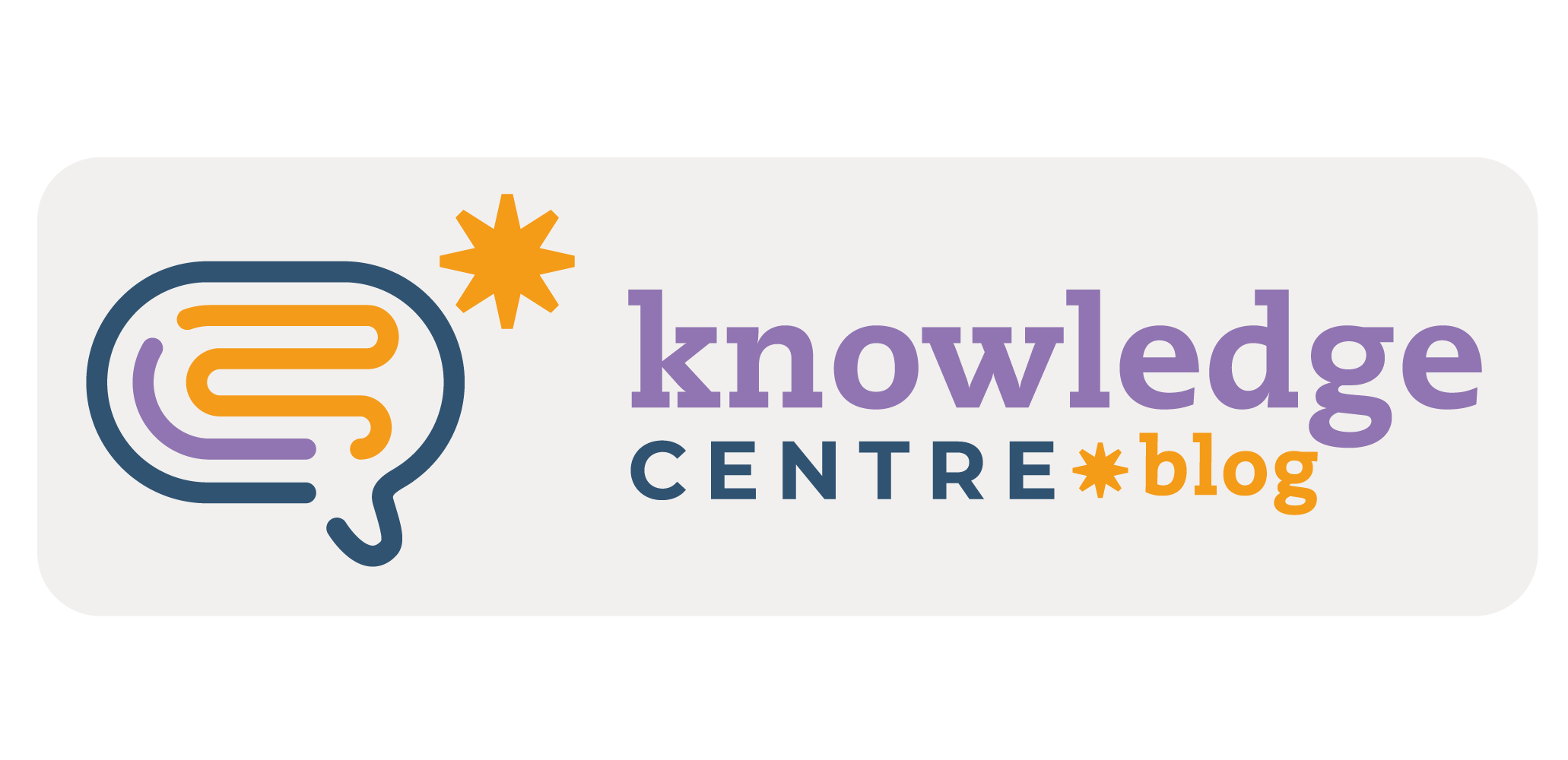
A very good lesson plan without good classroom management may not exactly bring the best results. Classroom management has been a challenge for teachers all over the world. Sometimes teachers, in order to get students’ attention, raise their voices which could raise the high affective filter. Stephen Krashen’s hypothesis on the affective filter was developed in the 1970s. His theory states that the lack of self-confidence prevents the input or output of information while the low affective filter results in a willingness to learn.
A popular solution to decrease classroom noise and increase student’s engagement is a classroom management strategy called attention grabber. An attention grabber is a cue used to get students’ eyes and ears focused on the teacher so he or she can teach or give guidance. Some teachers are puzzled about when they are supposed to use it during class. The suitable moment is when the teacher feels that the whole class is presenting a challenging behavior. The strategy, when it is well managed, will allow the teacher to get back to the lesson objective quickly.
There are some types of attention grabbers. Here you will have their names and some tips of which ones to use for each educational segment:
Types of attention grabbers:
Best fit for little kids classes
Interactive countdown:
Teaching in 7, teaching in 6…
Verbal:
Clap your hands, stomp your feet, I want your bottoms in your seat!
Melody/Song:
- Stop, look and listen. Ok.
- Sunday, Monday, Tuesday, Wednesday, Thursday, Friday, Saturday.
Visual signal:
Example: a visual timer.
Game:
If you are listening…. (the teacher gives a command like touching your head).
Simons says… (the teacher gives a command, and they will follow).
Others: turning the lights off/on, chant, bell, digital sound effects, clapping.
Best fit for kids and upper classes
Call and response:
Hands on the top…Everybody stop!
Scooby Dooby Doo…Where are you?
1,2,3 eyes on me…1,2,3 eyes on you.
Zip it, lock it… Put it in the pocket.
Aaaaaaaaaa-choooooooo.
Waterfall-shhhhh.
Piece of pie…Piece of cake!
Eeny meeny…Miny mo!
Until good is Better! And better is Best!
Self…Control!
Show up!…And shine!
Hey! Ho!…Let’s go!
Zap crack pop …Time to stop!
Chop, chop!…Lollipop!
It’s done!…Well done!
Hanna banana…Willa vanilla.
Zip zap zime…It’s learning time!
Your turn!…Let’s learn!
For the teachers who will use attention grabbers for the first time, here are some instructions for the call and response ones:
- Teach them what to do: say the first part and ask them to say the second part all together. Students will get used to it if you include the use of attention grabbers in your everyday planning.
- If there is a gesture, show it to them.
- Create your own rhythm or search for it online, for example:
- Consistency is key: do not give up if the attention grabber does not work immediately – include it in your routine and students will get used to the process.
Some teachers use more than one in a class, others stick to one. There is not a single recipe, it will depend on the students. I hope you have enjoyed reading. Tell us in the comments which attention grabbers you want to put into practice or if you have already used them, share your experience with us.
References:
HASS, Brandi. Melody Attention Grabber. 2019.
ABDUMUHAMMADOVNA, Kuvandikova Sarvinoz. Lowering affective filters in speaking. American Journal of Interdisciplinary Research and Development, v. 14, p. 85-91, 2023.
By Cícera Santos
Cícera has degrees in Language Arts and Pedagagogy. She has postgraduate degrees in Bilingual Education and Neuropsychopedagogy. She holds Cambridge certifications: TKT, TKT YL, TKT CLIL and CELTA. She has been working in the field of Education for 15 years.






One Comment
Amanda R
I love to use this strategy called attention grabber. The most effectivly one for me is 1,2,3 eyes on me…1,2, eyes on you.